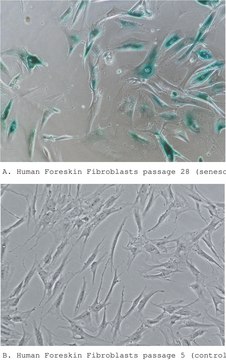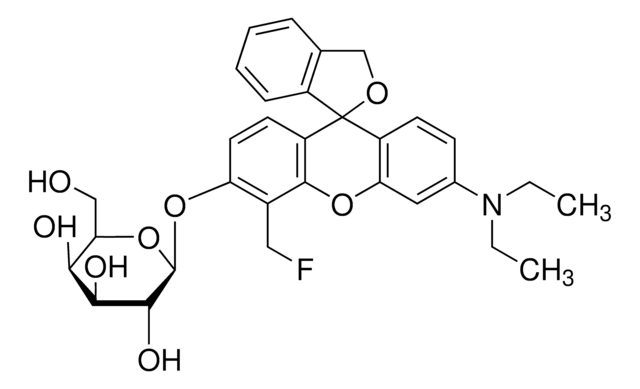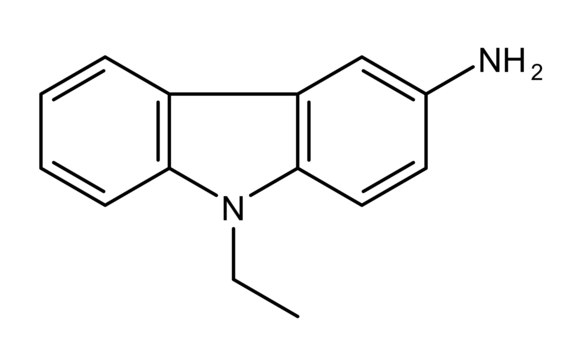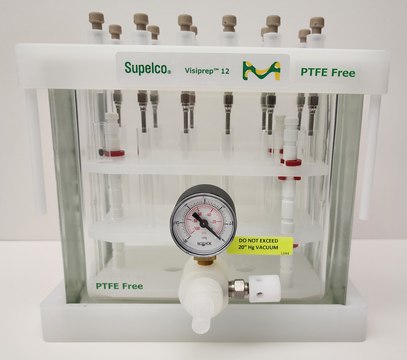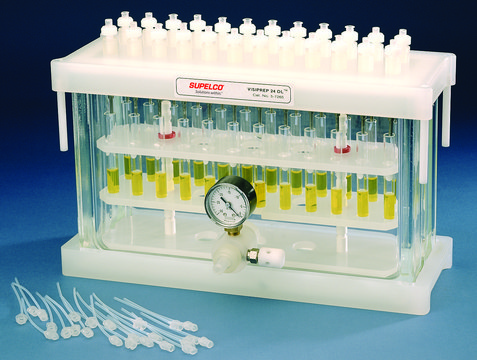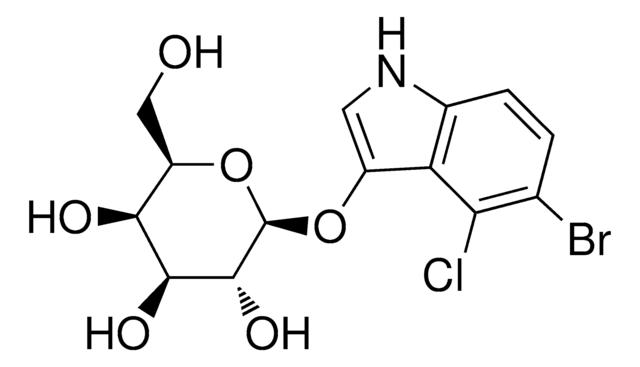71074
BetaBlue Staining Kit
Convenient visualization of β-gal in cells or tissues
Sign Into View Organizational & Contract Pricing
All Photos(1)
UNSPSC Code:
41106513
NACRES:
NA.31
Recommended Products
manufacturer/tradename
Novagen®
storage condition
OK to freeze
shipped in
wet ice
General description

Convenient visualization of β-gal in cells or tissues
The BetaBlue Staining Kit provides direct visualization of β-galactosidase reporter expression in isolated cells, tissues, or intact organisms. The kit contains sufficient reagents for 100 staining reactions and includes solutions of the substrate X-Gal (5-bromo-4-chloro-3-indolyl-β-D-galactopyranoside) and Reaction Buffer optimized for rapid, sensitive histochemical staining with minimal background. The exceptional staining seen with the BetaBlue Staining Kit enables quick, accurate determination of transfection efficiencies, assessment of stable cell line generation, and transgene expression in tissue slices or whole mounts of transgenic animals.
Components
•2 × 50 mlBetaBlue Reaction Buffer
•3 × 1 mlBetaBlue X-gal Solution
•3 × 1 mlBetaBlue X-gal Solution
Warning
Toxicity: Multiple Toxicity Values, refer to MSDS (O)
Legal Information
NOVAGEN is a registered trademark of Merck KGaA, Darmstadt, Germany
WGK
WGK 3
Certificates of Analysis (COA)
Search for Certificates of Analysis (COA) by entering the products Lot/Batch Number. Lot and Batch Numbers can be found on a product’s label following the words ‘Lot’ or ‘Batch’.
Already Own This Product?
Find documentation for the products that you have recently purchased in the Document Library.
Sebastian Frische et al.
American journal of physiology. Renal physiology, 320(1), F74-F86 (2020-12-08)
Variations in the claudin-14 (CLDN14) gene have been linked to increased risk of hypercalciuria and kidney stone formation. However, the exact cellular localization of CLDN14 and its regulation remain to be fully delineated. To this end, we generated a novel
Keishi Otsu et al.
Journal of bone and mineral research : the official journal of the American Society for Bone and Mineral Research, 31(11), 1943-1954 (2016-10-27)
During tooth development, oral epithelial cells differentiate into ameloblasts in order to form the most mineralized tissue in the vertebrate body: enamel. During this process, ameloblasts directionally secrete enamel matrix proteins and morphologically change from low columnar cells to polarized
Our team of scientists has experience in all areas of research including Life Science, Material Science, Chemical Synthesis, Chromatography, Analytical and many others.
Contact Technical Service